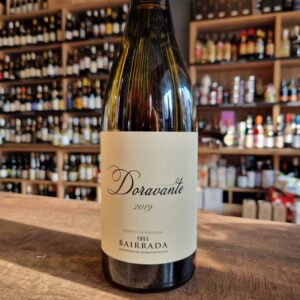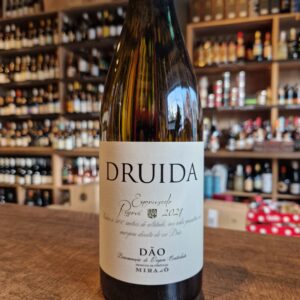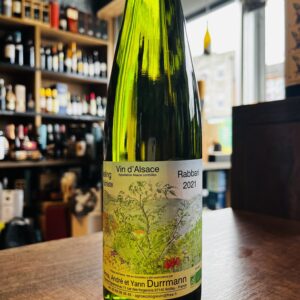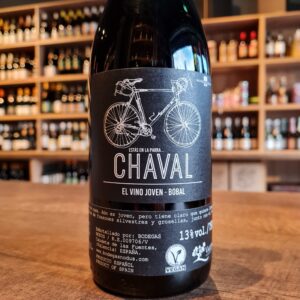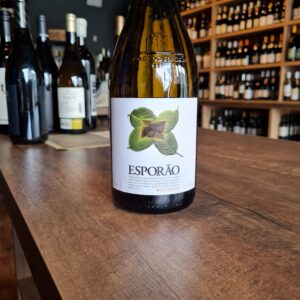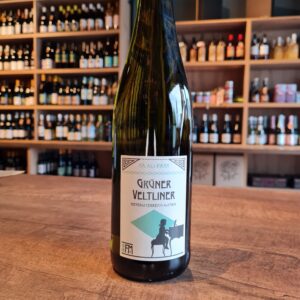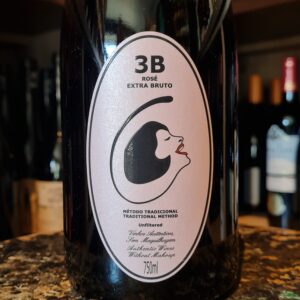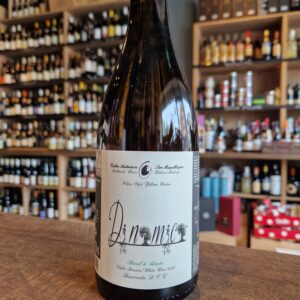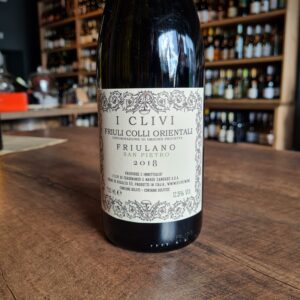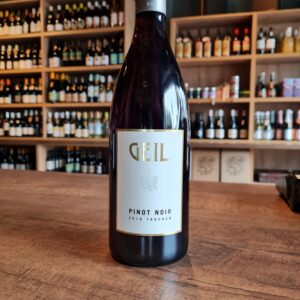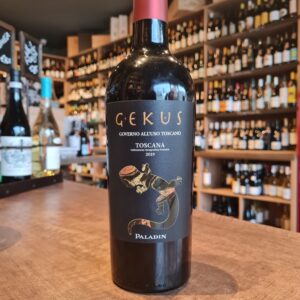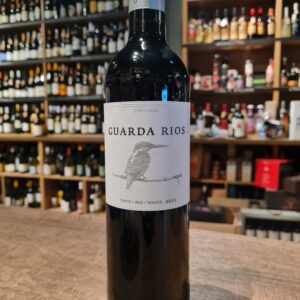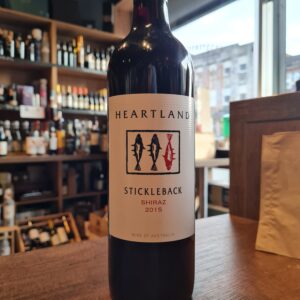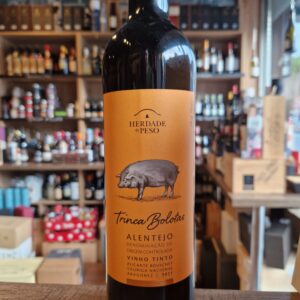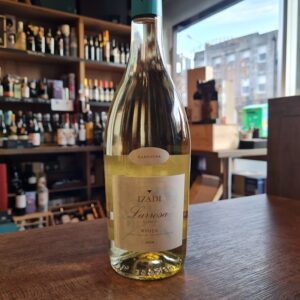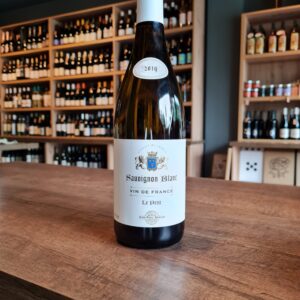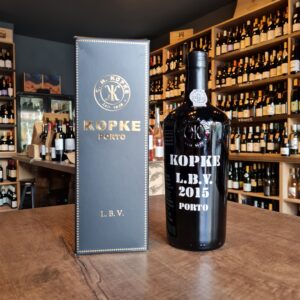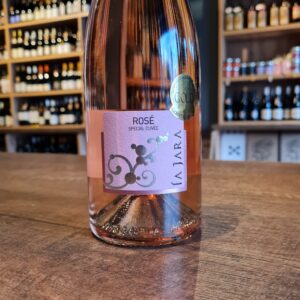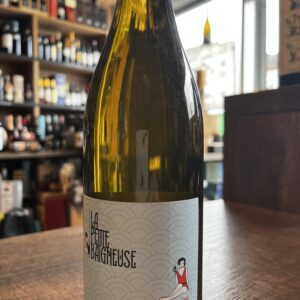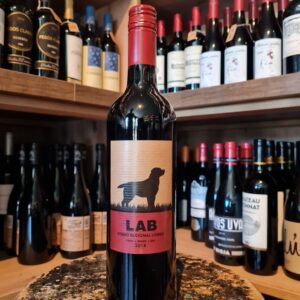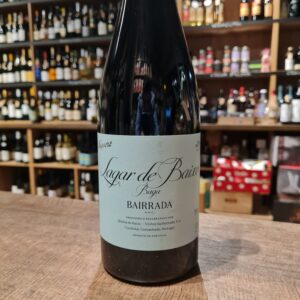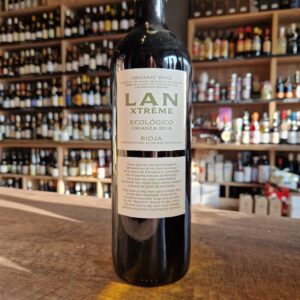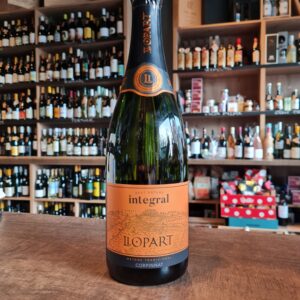Excellent alternative for Burgundy 1er cru's or Villages.
This wine was born from Arinto vines around 30 years old and very old vines from Bical and Cercial. It is a different approach to these grapes and to the expression of the clay-limestone soils and the Atlantic climate of the region. The 2018 harvest turns the page to a more complex and creamy profile but with the lightness and freshness of always.
The producer Nuno Mira do Ó is passionate about authentic wines that are able to translate the “terroir” where they come from, made with indigenous grape varieties, with minimal intervention and respect for nature, with the potential to age and especially that provide pleasure to those who drink them
Excellent to accompany soft cheeses, cod, octopus and white meats.


